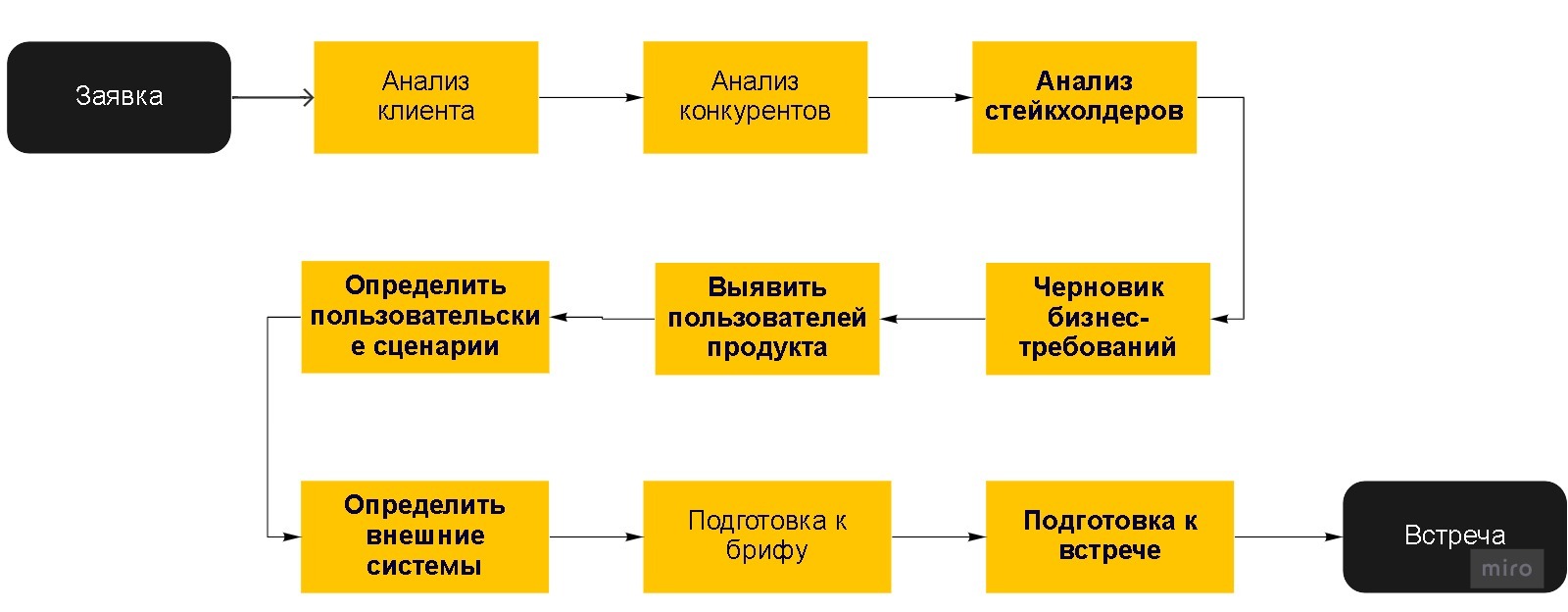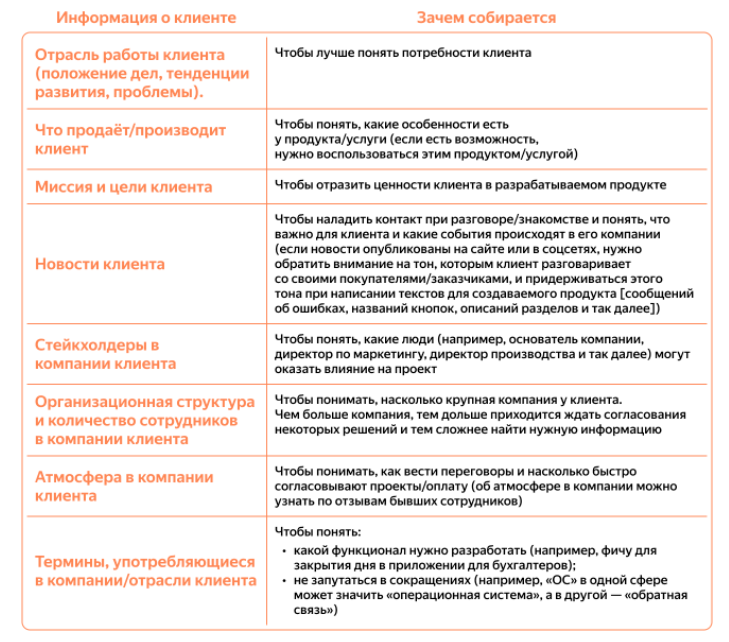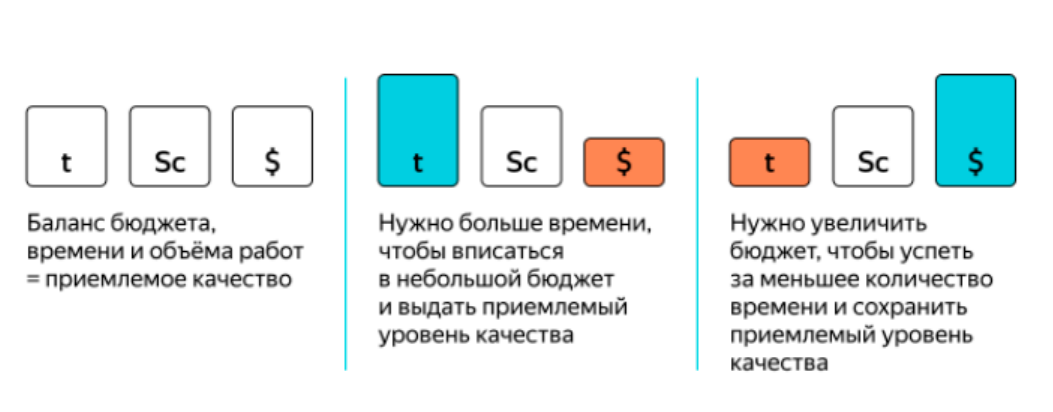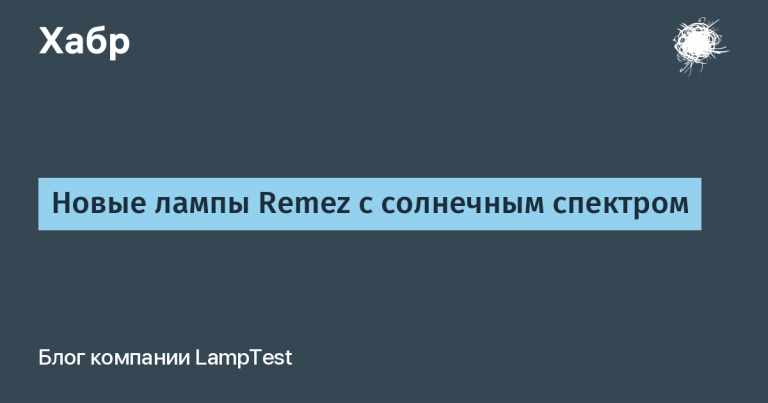Meeting with the client
Where it starts well, it ends well
Dear colleagues, this article does not pretend to be original and unique information, in general I am writing in order to accumulate the information received and the opportunity to update knowledge.
You need to prepare thoroughly for a meeting with a client and go through many stages:


Information about the client can be found from open sources, since the Internet allows us to do this, we find information about income, the situation in the company (court decisions, etc.), analyze the company’s website, the client’s social networks, monitor the professional portals of the industry. To go deeper into analytics, I recommend using google (whatever one may say there is 4 times more information than in other sources), and there is a script query system and alternative search engines like DuckDuckGo.
And the main thing is to ask the client for information – marketing market research, the company’s goals for the year, only without pressure.
Brief template
Block of questions about the company
-
What does your company do?
-
Does your company have competitors? Who are they? Why is your company’s offer better than your competitors’ offerings?
-
How customers find out about your company.
Block of questions about users
-
What are your company’s clients? What are their interests and needs?
-
What challenges do your customers face?
-
What problems for your customers should the product solve?
-
How many users will the product be used by?
Product question block
-
What is the product for?
-
How will your company benefit from it?
-
What about your clients?
-
What is the vision for your product?
-
What must be in the first version of the product?
-
How does the company plan to profit from the product?
-
What user roles should be in the product?
-
What capabilities should each role have?
-
Is the content (texts, photos) ready for the product? How do I get it? Does the product need to communicate with other systems? With which? What information exactly?
-
Are there requirements for product safety? What platforms should the product run on? Are there requirements for the product design (brand book or just some wishes)?
Organizational block
-
When should the first version of the product be released? What is this date related to and how tough is it? Are there any development language requirements / preferences?
-
Will your company’s employees need to be trained to use the product?
-
Whose servers will the product be hosted on and who should configure them?
-
Will product support be required after commissioning?
-
Are there requirements for project documentation?
Now we analyze competitors
We have competitors – key (in the same segment and similar services), direct (similar product and price, the same target audience), indirect (selling the same target audience). Where we analyze – sites, events, company ratings, etc.
What you need – what products are being sold, how they are positioned on the market, what users say, how the product is developing.
But this, more often the marketing department should deal with, the role of the manager is to evaluate the product, we evaluate it on a 5-point scale and determine:
-
project scope (basic set of functions for project work)
-
we use the Kano model and define – basic features (the product cannot work), wow features (you can do without them, but they cause delight)

Analyzing stakeholders
We create a stakeholder map, i.e. external and internal who are interested in the project and create a matrix of influence. The main task is to try to take everyone into account, the manager needs to often interact with everyone, and here the main thing is to understand and know who can “put a spoke in the wheel”, to know everyone so that no one suddenly appears

Business requirements draft
In total, we have three levels of requirements:
-
business requirements (the goal and tasks of the project that the client wants to solve at the expense of the product, for which the product is created and how to understand that it is successful)
-
user requirements (list of users, scripts, external systems, who will use the product and how)
-
functional requirements (how the system should behave under certain conditions in order to implement the user scenario)

Having understood the goal of the project (to achieve sales volume x, increase profits by x, etc.), we identify tasks by asking questions – what prevents the goal from being achieved now, what does the goal indicator consist of and what does it depend on.
Example.
The goal is to achieve sales in x in y months
-
what’s stopping? (buyers buy one item and do not return)
-
what does it depend on? (from the number of users and views)
Tasks:
-
increase return rate
-
increase the number of registered users
-
increase website traffic and catalog views
We define users of the system and draw up a scenario of use
We prepare the script graphically (Miro, BMPN) and textually – answering the questions who? what is he doing? target ?, describing extensions (i.e. options after a key action)

Defining external systems
We receive information from the customer, focusing on our own experience and knowledge, as well as developers and prepare an approximate scheme

Defining constraints and assumptions
The task of the manager is to work with the main indicators and correctly explain to the client – the influence of one, provokes changes in the other. At this stage, we need to work out all the questions in advance based on the data received.




